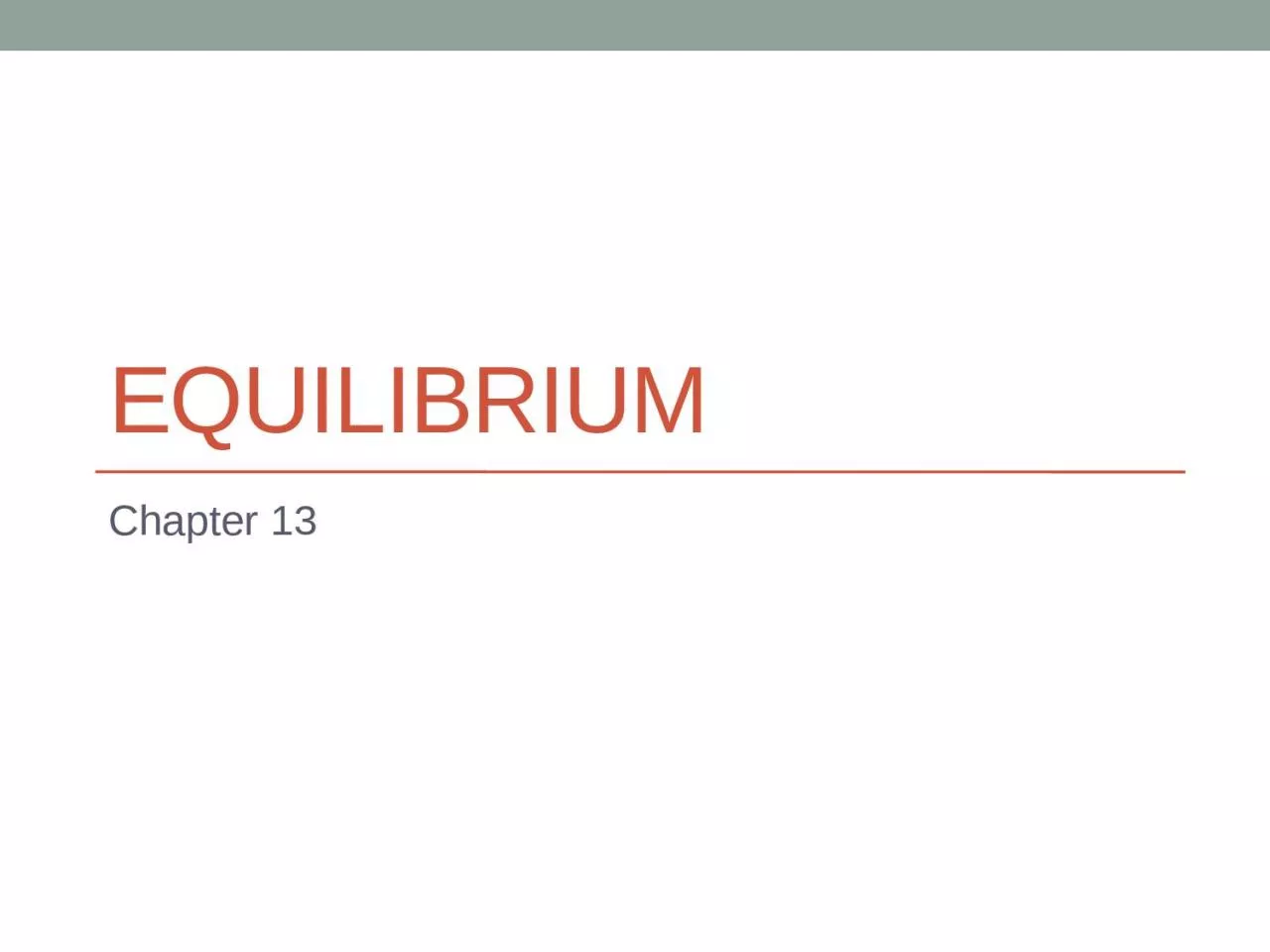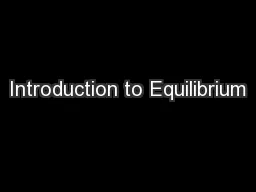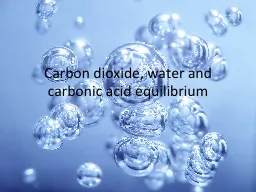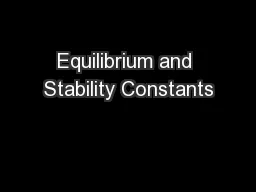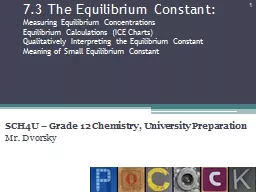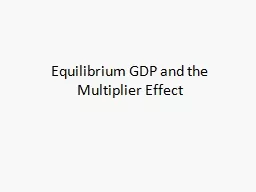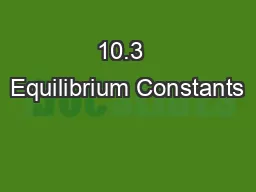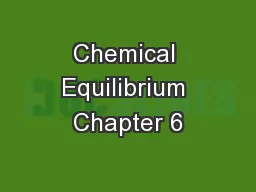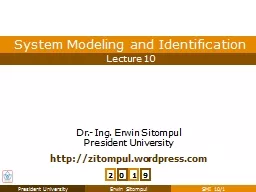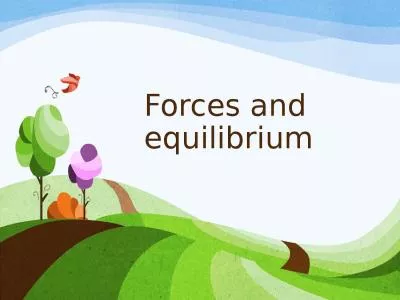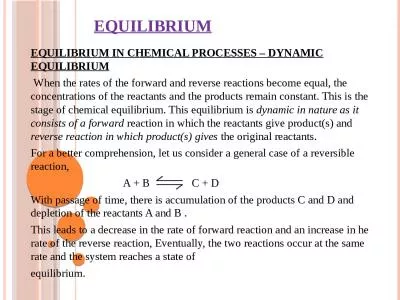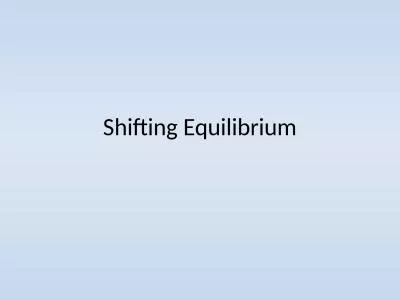PPT-Equilibrium Chapter 13 Homework
Author : jainy | Published Date : 2023-10-31
Read Chapter 13 look at the problems Do the AP practice test on page AP13 AD it is in between numbered pages 547548 2 AP Test Historically the first question on
Presentation Embed Code
Download Presentation
Download Presentation The PPT/PDF document "Equilibrium Chapter 13 Homework" is the property of its rightful owner. Permission is granted to download and print the materials on this website for personal, non-commercial use only, and to display it on your personal computer provided you do not modify the materials and that you retain all copyright notices contained in the materials. By downloading content from our website, you accept the terms of this agreement.
Equilibrium Chapter 13 Homework: Transcript
Download Rules Of Document
"Equilibrium Chapter 13 Homework"The content belongs to its owner. You may download and print it for personal use, without modification, and keep all copyright notices. By downloading, you agree to these terms.
Related Documents

